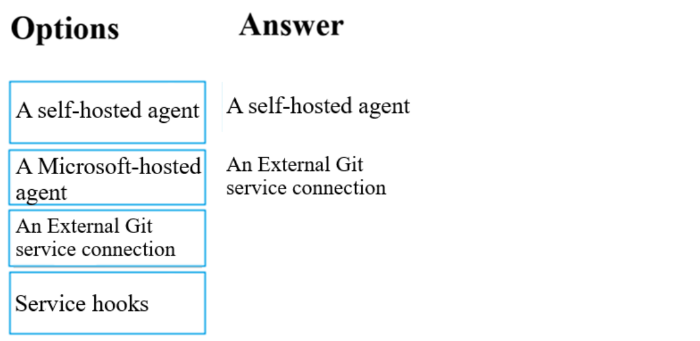You are currently developing a project for a client that will be managing work items via Azure DevOps.
You want to make sure that the work item process you use for the client allows for requirements, change requests, risks, and reviews to be tracked.
Which of the following is the option you would choose?
A. Basic
B. Agile
C. Scrum
D. CMMI
Answer : D
✅ Explanation:
-CMMI (Capability Maturity Model Integration) process template in Azure DevOps is designed for formal project management and includes work item types such as Requirements, Change Requests, Risks, and Reviews, which fit exactly what you need.
-Other process templates:
-Basic: Very simple, limited work item types, mostly for straightforward task tracking.
-Agile: Focused on user stories, tasks, bugs; less formal and does not include risks or formal change requests as standard work items.
-Scrum: Focused on Product Backlog Items, Bugs, Tasks, Sprints — more suited to Scrum teams but doesn’t include risk or formal change request tracking by default.

